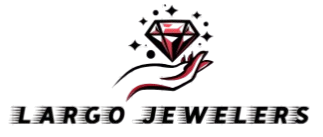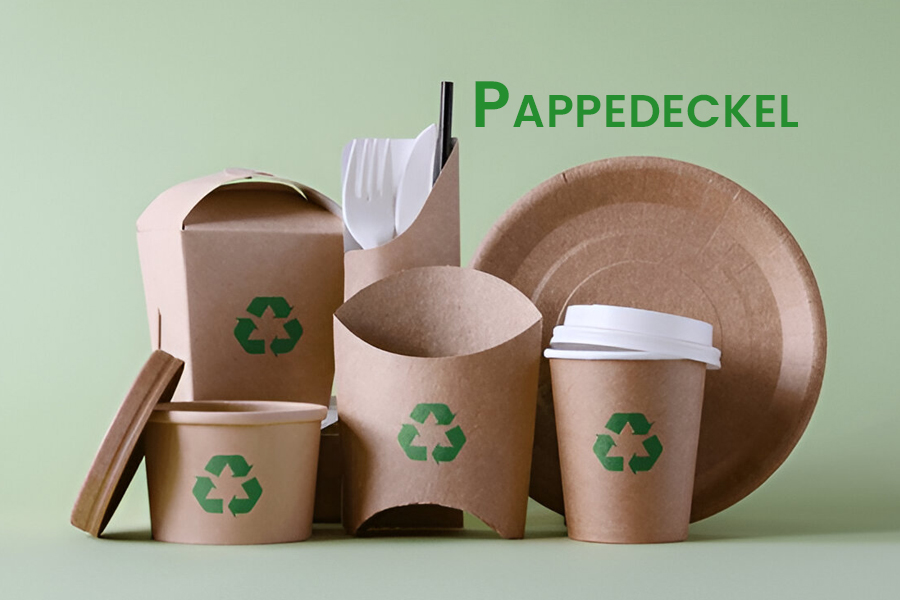Introduction to Pappedeckel
In a world increasingly focused on sustainability, pappedeckel is emerging as a game-changer in eco-friendly packaging. These innovative cardboard lids not only provide protection for various products but also align with the growing demand for sustainable solutions. As consumers become more environmentally conscious, businesses are seeking alternatives that minimize waste and reduce their carbon footprint. Pappedeckel offers an exciting option that meets these needs while maintaining functionality and aesthetic appeal. Let’s delve deeper into this remarkable product and discover why it’s gaining traction across industries worldwide.
History and Origin of Pappedeckel
Pappedeckel has its roots in traditional German craft, emerging as a practical solution for food packaging. Initially designed to preserve freshness, these paper lids gained popularity due to their eco-friendly properties.
The craftsmanship behind Pappedeckel dates back decades, evolving with consumer needs and environmental awareness. As the demand for sustainable alternatives grew, this product adapted seamlessly into modern markets while maintaining its historical significance in preserving quality and promoting sustainability.
Materials Used in Making Pappedeckel
Pappedeckel is primarily made from recycled paper and cardboard. These materials are sourced sustainably, ensuring minimal environmental impact during production. The use of renewable resources contributes to its eco-friendly reputation.
Additionally, Pappedeckel may incorporate biodegradable coatings for moisture resistance. This enhances durability while remaining compostable at the end of its lifecycle. Such thoughtful material choices emphasize the commitment to sustainability in packaging solutions today.
Common Uses of Pappedeckel
Pappedeckel, known for its versatility, is widely used in various packaging applications. It’s commonly found in food packaging like pizza boxes, sandwich wraps, and drink carriers. Its sturdy yet lightweight nature ensures protection while maintaining freshness.
Beyond the food industry, pappedeckel serves as an eco-friendly option for retail products, gift packaging, and crafts. From simple closure solutions to elaborate designs for marketing purposes, its functionality continues to grow across different sectors.
Pappedeckel in Different Industries
Pappedeckel finds its way into various industries, showcasing versatility at its best. In the food sector, it serves as a reliable lid for takeout containers and bakery products, ensuring freshness while being eco-friendly.
The cosmetics industry also embraces Pappedeckel for packaging creams and powders. Its lightweight nature reduces shipping costs. Furthermore, retail uses Pappedeckel in gift boxes and promotional materials to enhance product appeal without compromising on sustainability. Each industry benefits from this innovative solution that prioritizes environmental responsibility.
Benefits of Using Pappedeckel
Pappedeckel offers numerous benefits that make it an ideal choice for eco-friendly packaging. It is lightweight yet sturdy, ensuring products remain safe during transport while minimizing material usage. This efficiency helps reduce shipping costs and environmental impact.
Additionally, Pappedeckel is biodegradable and recyclable, aligning with sustainable practices. By choosing this packaging solution, businesses can enhance their brand image as environmentally conscious while appealing to customers who prioritize sustainability in their purchasing decisions.
Environmental Impact of Pappedeckel
The environmental impact of pappedeckel is largely positive. Made from renewable resources, these paperboard lids contribute to reducing plastic waste. Their biodegradability ensures that they can decompose naturally without harming ecosystems.
Additionally, pappedeckel production often utilizes recycled materials, minimizing the need for virgin resources. This process lowers energy consumption and greenhouse gas emissions compared to traditional packaging methods. By choosing pappedeckel, businesses promote a circular economy and encourage sustainable practices throughout various industries.
Manufacturing Process of Pappedeckel
The manufacturing process of pappedeckel begins with the selection of high-quality paperboard. This material is often sourced from sustainable forests, ensuring an eco-friendly start. The paperboard is then cut into specific shapes and sizes according to design requirements.
Next, these pieces undergo printing or stamping to add branding elements or decorative patterns. They are folded and glued into their final form. This efficient method minimizes waste while producing durable, stylish packaging solutions tailored for various needs.
Recycling and Sustainability of Pappedeckel
Pappedeckel is designed with sustainability in mind. Made primarily from paper, it’s fully recyclable, making it an eco-friendly choice for packaging solutions. Once used, Pappedeckel can be easily processed through standard recycling systems.
This commitment to recyclability helps reduce waste and promotes a circular economy. Consumers and businesses alike benefit by minimizing their environmental footprint while enjoying attractive and functional packaging options. The use of Pappedeckel supports sustainable practices across multiple sectors.
Creative and Decorative Uses of Pappedeckel
Pappedeckel offers endless creative possibilities for DIY enthusiasts. They can be transformed into unique home décor items, such as wall art or decorative trays. With a little paint and creativity, these eco-friendly materials bring charm to any space.
Additionally, Pappedeckel makes excellent party favors and invitations. Their customizable nature allows for personal touches that impress guests. From weddings to birthdays, using Pappedeckel adds an artistic flair while staying true to sustainable practices.
Popular Designs and Trends
Pappedeckel has seen a surge in creative designs that cater to diverse consumer preferences. From minimalist aesthetics to vibrant patterns, custom artwork is increasingly popular. Brands often collaborate with local artists, ensuring unique packaging that stands out.
Eco-friendly themes are also trending, with nature-inspired prints and earthy tones becoming favorites. Many businesses now utilize pappedeckel as a canvas for storytelling, allowing them to connect emotionally with customers through visual appeal and sustainable values. This evolution reflects modern consumers’ desire for authenticity and responsibility.
Role of Pappedeckel in Branding and Marketing
Pappedeckel serves as a unique branding tool for businesses looking to stand out. Its eco-friendly nature aligns with the growing consumer demand for sustainable products. By using pappedeckel, brands can enhance their image and show commitment to environmental responsibility.
Additionally, the customizable surface of pappedeckel allows companies to showcase their logos and designs creatively. This not only attracts attention but also fosters brand loyalty among environmentally-conscious consumers. A well-designed pappedeckel acts as both packaging and marketing material in one seamless solution.
Challenges and Limitations
Despite its benefits, pappedeckel faces several challenges. One significant limitation is its durability compared to plastic alternatives. While it provides a sustainable option, exposure to moisture can weaken the structure, limiting its use in certain environments.
Additionally, production costs may be higher due to sourcing eco-friendly materials and manufacturing methods. This can deter some businesses from adopting pappedeckel as their primary packaging solution. As demand grows for sustainability, addressing these issues will be crucial for wider adoption and innovation.
Future Implications of Pappedeckel
The future implications of pappedeckel are promising in the evolving landscape of sustainable packaging. As eco-consciousness grows, businesses and consumers alike seek greener alternatives. Pappedeckel offers a versatile solution that aligns with these values.
Innovations in design and materials could enhance its usability while maintaining environmental benefits. The trend towards minimalism and functionality may drive more companies to adopt pappedeckel for their packaging needs.
Moreover, increased regulations on plastic use will likely further boost demand for sustainable options like pappedeckel. This shift not only supports ecological responsibility but also opens new avenues for creativity in product presentation.
As industries adapt, the role of pappedeckel will expand, contributing significantly to eco-friendly practices worldwide. Embracing this innovative packaging method can lead to a healthier planet for generations to come.

